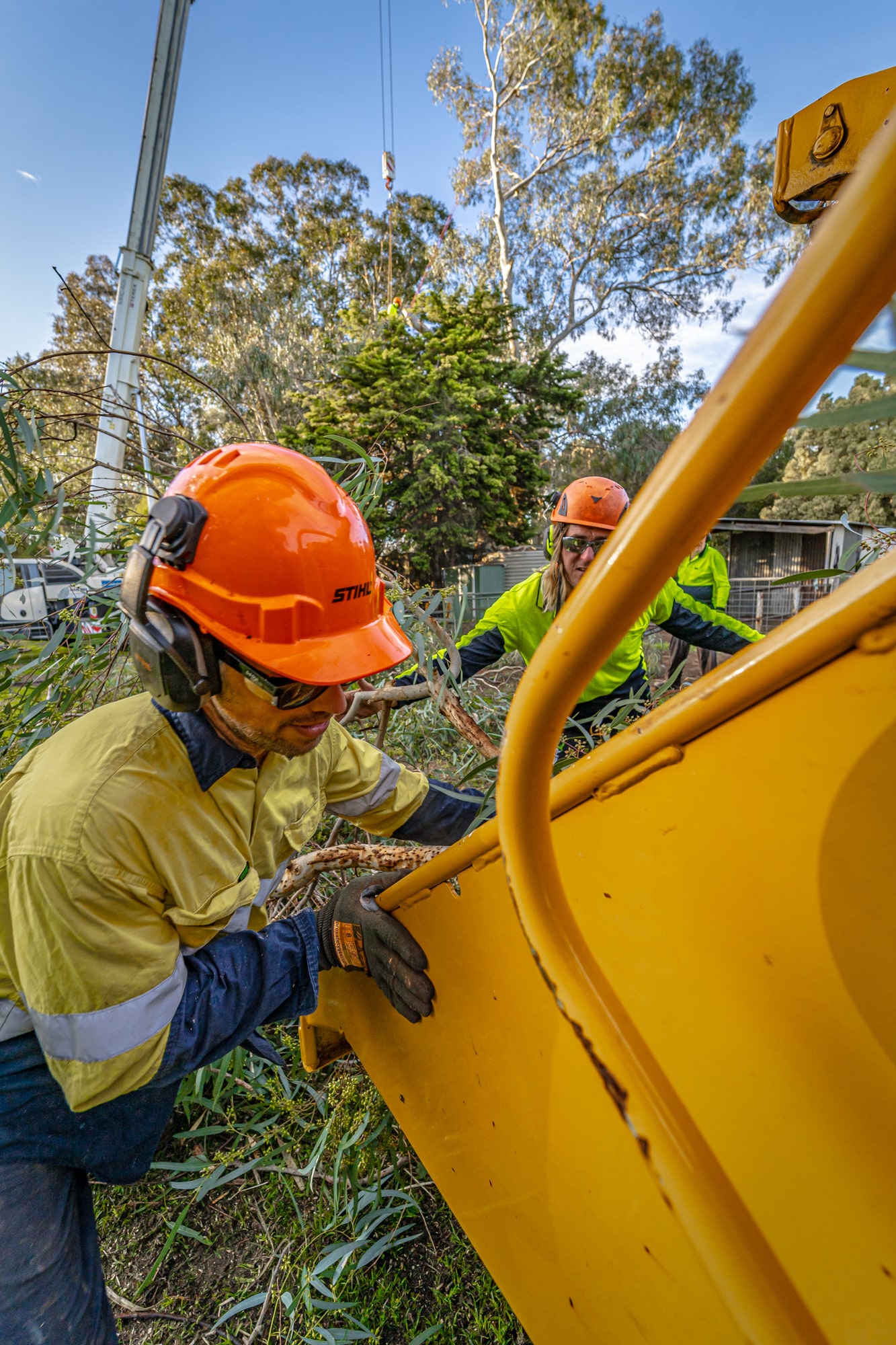As the guardians of our natural landscapes, arborists play a crucial role in maintaining the vitality and appearance of arboreal species. These trained professionals have an extensive expertise of botanical sciences, safety protocols, and environmental dynamics, making them essential when it comes to managing urban green spaces and wild areas. Whether it's aesthetic pruning, guaranteeing safety in structure, or recognizing tree diseases, arborists have the skill set needed to support tree vitality.

Besides beyond their expertise, arborists have their preferred choices when it comes to tree species. Different trees bring specific benefits and obstacles, and choosing the right ones is crucial for both practical and visual needs. This article will explore the top 10 tree species that each arborist loves, examining the reasons why these particular trees are held in high regard and the care they require. If tree services cork are a lover of trees or a homeowner seeking to beautify your outdoor space, learning about these types can provide valuable insights into selecting the best options for your environment.
The Significance of Certified Arborists
Employing a qualified arborist is crucial for maintaining the health and safety of trees. These specialists have the specialized knowledge and training necessary to assess tree health, identify issues, and implement effective solutions. Their know-how ensures that trees are maintained adequately, promoting longevity and vitality, which ultimately supports homeowners and communities alike.
Licensed arborists understand the nuances of tree biology and mechanics, allowing them to make educated decisions about cutting, cabling, and other interventions. They can spot signs of disease or pest infestations promptly, reducing potential damage and costs. Moreover, their training equips them with skills to judge tree risk, making them crucial for urban environments where trees connect closely with structures and people.
In addition to hands-on tree care, qualified arborists play a vital role in informing the public about tree stewardship. They advocate for sustainable practices that support biodiversity and ecosystem health. By deciding to work with a qualified arborist, individuals play a part to a more vibrant urban landscape and ensure that their trees receive the best possible care.
Main Points from Tree Care Experts
Professional arborists emphasize the importance of understanding tree biology and the environmental factors that affect tree health. They know that each tree species has specific needs, and recognizing these differences is crucial for their care. Arborists often stress that appropriate watering, mulching, and pruning techniques can significantly enhance a tree's growth and longevity. This knowledge allows them to tailor their care strategies based on the specific requirements of specific trees, ensuring optimal health.
Another key insight shared by arborists is the importance of regular tree inspections. They recommend that monitoring trees for signs of disease or stress can prevent larger issues down the line. During inspections, arborists look for indicators such as leaf discoloration, unusual growth patterns, or pest infestations. Early detection enables arborists to take proactive measures, whether through intervention or by recommending removal if the tree poses a risk.
Lastly, arborists are strong proponents for sustainable practices in tree management. They often highlight the importance of preserving native species and promoting biodiversity in urban environments. By educating property owners about the benefits of planting the right tree in the right location, arborists contribute to healthier ecosystems. Their knowledge not only helps in the cultivation of trees but also informs the community on the broader impacts of tree care on local wildlife and the environment.
Essential Tree Care Practices and Tools
Tree care professionals utilize a variety of necessary techniques and instruments to ensure the well-being and protection of trees. One important method is regular tree evaluations, which help arborists to detect likely issues such as illness, pest infestations, and physical weaknesses. Armed with a sharp understanding of tree biology, they analyze tree health and provide guidance for care. This proactive approach aids maintain a healthy urban tree cover and prevent risks that could emerge from damaged trees.
In addition to inspections, pruning is a key practice that encourages sustainable development and enhances the visual appeal of trees. Arborists employ specialized tools like hand pruners, saws, and safety harnesses to safely access tree branches while ensuring minimal harm to the tree. Grasping the appropriate timing and technique for pruning is essential, as it promotes new development and aids in shaping the tree based on its surroundings. Arborists are skilled to ascertain the best techniques for each type and situation, making their knowledge invaluable.
Finally, arborists employ modern tools to aid in their work. Tools such as aerial lifts, stump grinders, and chipper machines streamline the procedure of tree removal and maintenance. Advanced software is often employed for conducting hazard evaluations and developing care strategies. By merging traditional practices with contemporary technology, arborists improve their ability to nurture trees, guaranteeing they flourish in both natural and city environments.
